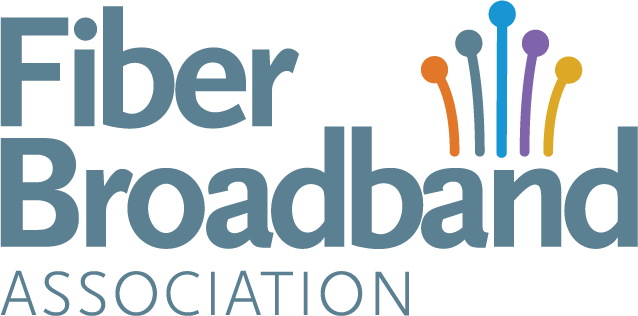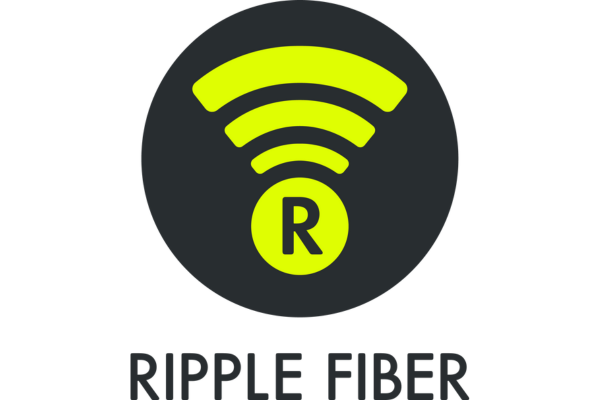FFB Week 44: Two Decades of Broadband Growth: How Fiber is Powering Modern Life
Two Decades of Broadband Growth: How Fiber is Powering Modern Life
This week’s Fiber for Breakfast featured Mike Render, CEO of RVA LLC, who joined Gary Bolton to discuss RVA’s annual study on how Americans use the internet and how broadband has transformed everyday life over the past 20 years. The report, which will be available in its entirety next week, marks two decades of research highlighting how broadband — and particularly fiber — has become central to how people live, work, and connect.
Render said the study shows broadband adoption and expectations have changed dramatically since RVA began tracking the data in 2005. “Every year, high-quality internet is considered more essential — rising from about 45% of households calling it ‘very important’ in 2005 to roughly 75% today,” he said. Nearly every U.S. household is now connected, but satisfaction levels depend heavily on network technology, with fiber far outpacing cable, fixed wireless, and satellite in both performance and reliability.
Over the past two decades, broadband has reshaped daily routines and created new opportunities across nearly every part of society. The number of people working from home has more than doubled in just the past few years, and more than a third of households now report using the internet for remote or skills training. Telehealth use has also surged, with strong adoption in rural areas where improved connectivity has expanded access to care. Render noted that “as communities get fiber, we consistently see measurable improvements in education, income potential, and overall quality of life.”
Fiber continues to lead the market in growth, satisfaction, and long-term sustainability. “Where fiber is available, half of new internet subscribers choose it,” Render said. “Even when people switch providers, fiber wins by an even larger margin.” As availability expands and legacy copper networks are retired, fiber is expected to overtake cable as the primary broadband delivery method in the U.S. within just a few years. Consumers consistently rank fiber highest for reliability, speed, and overall value, and providers offering fiber enjoy stronger customer retention and higher average revenue per user.
Render also looked ahead to the next generation of broadband technologies, predicting that providers will continue upgrading to 25G and 50G PON networks to handle growing data demand and support applications like AI, quantum computing, and advanced telehealth. Inside the home, he expects a wave of new multi-gigabit Wi-Fi 7 systems to extend fiber-level performance throughout residences.
In closing, Render reflected on the broader impact of fiber over the past 20 years. The technology that once connected a handful of early adopters now underpins nearly every aspect of modern life — from remote work to online learning to healthcare — and continues to drive economic opportunity in every community it reaches.
Click here to watch the full episode and here to view the slides presented.




